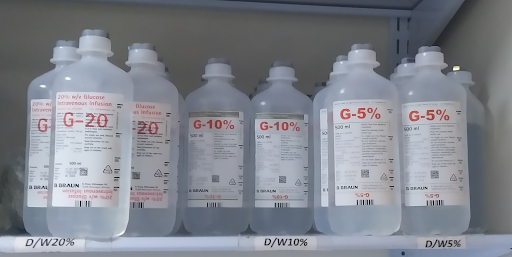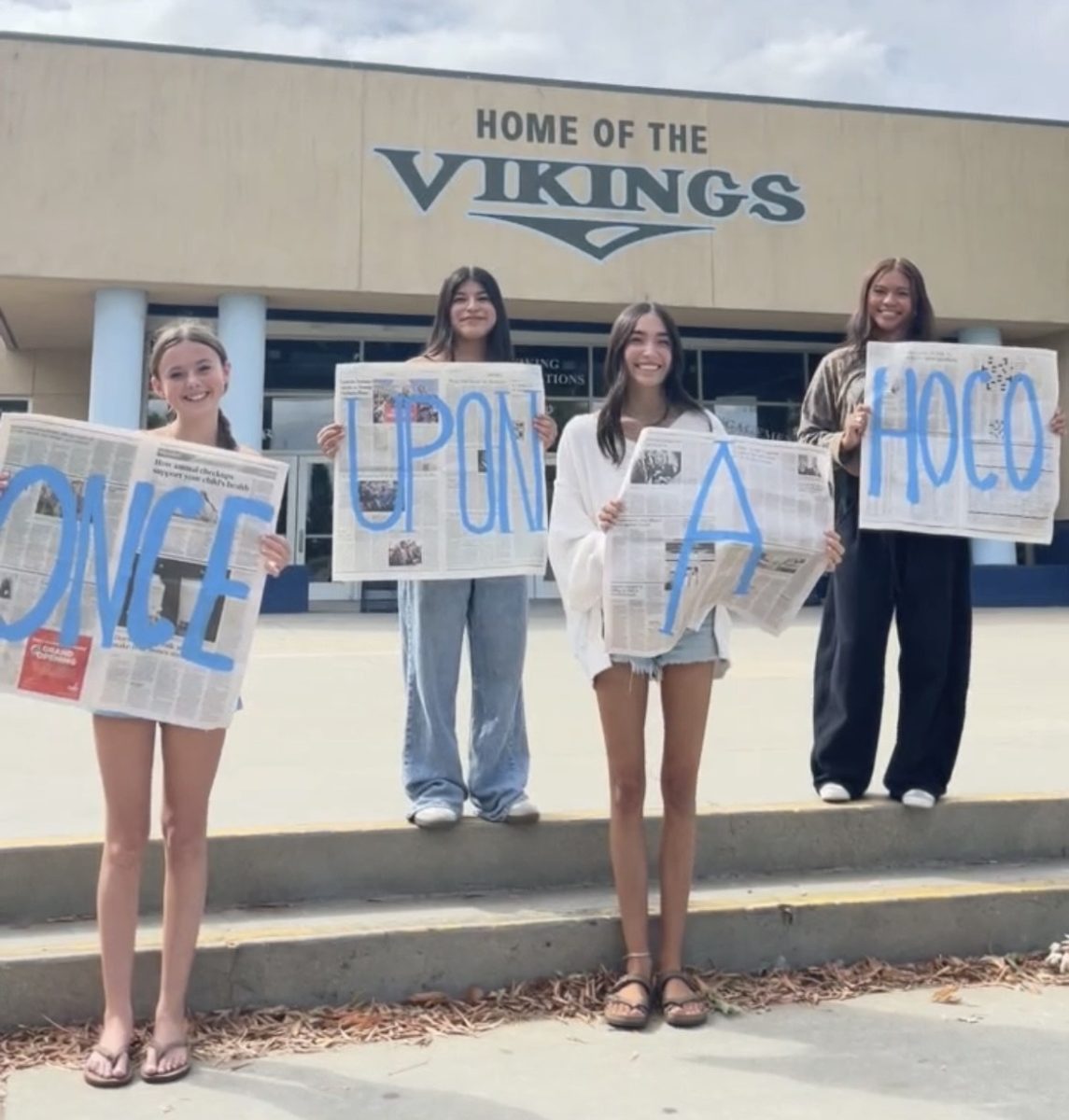As Hurricane Helene waves goodbye, hospitals are left in distress with a dangerous amount of intravenous fluids that may impact surgeries for weeks, along with the virus season approaching.
Category 4, Hurricane Helene, takes a major toll on U.S. hospitals that sparks numerous concerns across the country.
North Carolina was heavily affected from the destruction of the hurricane as it destroyed its distribution center, Baxters International Plant, which produces 60% of the IV fluids that are sent to medical centers in the United States. The flooding that was triggered by the storm shut down the factory by limiting the amount of water that arrived from bridges and nearby rivers.
North Carolina is responsible for more than half of this country’s IV fluid supply. It accurately demonstrates how fragile the nation’s medical supply really is.
As a result, this is rationalized by conserving the medical supplies used in the hospitals. However, surgeries are postponed later this fall and winter which can increase the risk of endangered patients.
Crucial solutions, such as saline fluids and sterile water, are needed more than ever for medication. Saline fluids are commonly used in the hospital to provide hydration for patients while sterile water is used to clean wounds or mix with other medications. These supplies are also overseeing a shortage which can potentially affect the productivity and utmost care that is expected of the medical field.
If these essential fluids are a lifeline for hospitals, they must be easy to salvage, right? Not quite; there are high prices to pay and low capacity for these drugs.
Baxters produces 1.5 million bags of IV fluids daily, which requires a large amount of shipping around the country. Ever since these supplies were in such demand, organizations are in desperate need of more supplies, resulting in competition regarding prices.
On Oct. 9, the Department of Health and Human Services released a letter responding to these challenges. Currently, they are suggesting that medical centers should combine drugs together to alleviate the situation. IV fluids that are used and given to the public continue to be reduced to smaller amounts to conserve supply.
“HHS is encouraging all providers and health systems, regardless of whether they have experienced a disruption in their supply, to take measures to conserve these critical products,” the letter states.
A week later, Baxter said that their ultimate goal is to reinstate the North Cove plant, in hopes of providing IV fluids overseas and importing supplies to their other facilities to satisfy patients. In addition, there has been constant miscommunication regarding supply rates which are frightening patients; the company has been taking these comments into account.
“We are disheartened to see blatant speculation fueling patient and customer concerns,” the letter said.
Hospitals around the country are responding to this issue in a calm and collected manner, to minimize arising concerns for their patients.
Previously, Mass General Brigham delayed non-emergency procedures to provide medical attention for patients who require IV fluids. However, they have only gained 40% of their usual IV supply rates, and which forced them to no longer postpone these upbringings, knowing that at some point, procedures do require proper intake of intravenous fluids.
Main Line Health is conserving their medical supply in a variety of ways as well. Patients who need more electrolytes are being provided with Gatorade and other solutions in order to maintain muscle activity without using IV fluids. Patients are being given medicine orally as well.
For the time being, Baxter doesn’t have a timeline for when production returns to pre-hurricane levels. It could take a matter of weeks–or even months to salvage medical supply for the entire country. Hospitals would continue to be careful of using too much or too little IV fluids for their patients.









